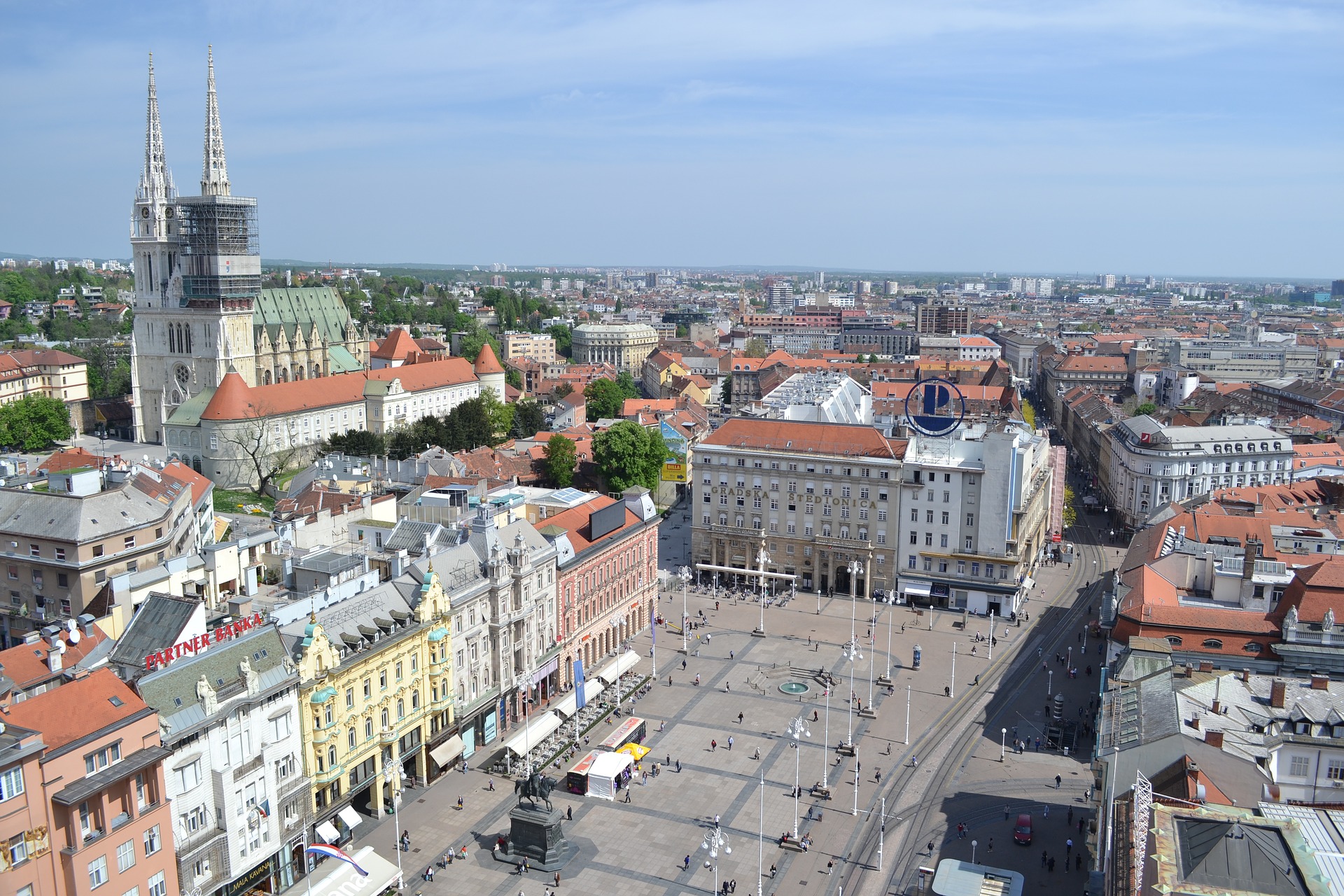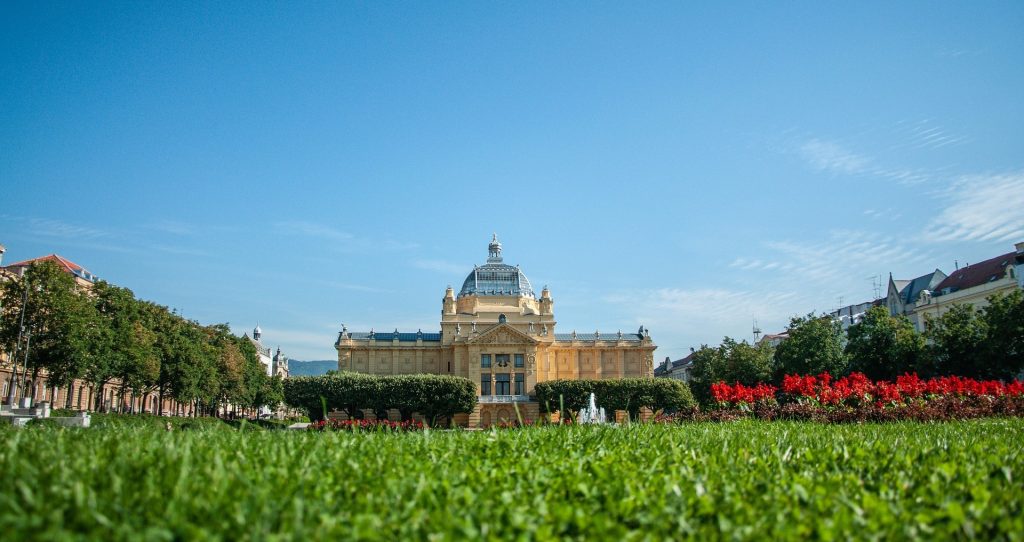Over recent years, the Croatian capital’s rising popularity with visitors has made it the fastest-growing tourist destination in the country. But, its increasing footfall from those on holiday is not the only similarity the city now shares with the sun-drenched coast; their climates, once separate and distinct, are now closer than ever before. In fact, Zagreb summer now has on average 45 more days to its duration than it did during 1960s.
While summertime tourists don’t seem to mind basking in the sunny streets while catching the city sights in t-shirts and shorts, many residents are only too aware of how stifling an entire season can be if spent solely in the capital. Zagreb summer is traditionally a time when many try to get away, to go cool off on the coast. And yet, despite this being a time-honoured tradition, the extent of the rapid and recent extension of Zagreb summer will still come as a shock to many.
The surprising details were revealed in a rather long article in yesterday’s Vecernji List. Within the sprawling text, Doctor of Science Ivana Herceg Bulić, a professor at the Department of Geophysics, Faculty of Science, University of Zagreb and the head of the newly established Centre for Climatological Research said “Based on previous measurements, our analysis shows that every ten years the number of Zagreb summer days – the number of days with a maximum temperature above 25 degrees Celsius – on Grič increases by eight days. In Maksimir, on the other hand, located in a less developed part of town, measurements indicate an increase of seven additional summer days in ten years. Only when we approach the end of the city like Pleso do we reach the number of six summer days more. Zagreb today has 45 more summer days than we had in the middle of the last century.”
 The centre of Zagreb is the area of the capital which has experienced the most sustained rise in temperatures
The centre of Zagreb is the area of the capital which has experienced the most sustained rise in temperatures
The reason for the increase in Zagreb summer is less welcome than the hot days it provides; global warming and climate change are the cause, compounded by inadequate urban planning. As TCN has recently reported, the population of Zagreb continues to rise. As it does so, the demand for new buildings increases and the city boundaries extend. This creates an island of heat whose concrete retains the warmth of the day, long after the sun has set, resulting in sustained high temperatures. Studies show that such conditions are disadvantageous to health.
The information given by Dr Herceg Bulić comes from a new report by the Centre for Climatological Research. Coming just days after Zagreb residents were informed that they had just breathed the worst quality air in the whole of the European Union, you could forgive anyone considering to make their Zagreb summer exodus a more permanent move. But, the news isn’t all that bad.
Less built-up areas of the city, those with extensive parkland and who have kept the trees that line their avenues, record a much less harsh summer temperature. In Croatian cities like Osijek and Karlovac, where parkland and trees within the city are cherished, the summers are far from stifling. Though climate change requires a global response, Zagreb can easily address its own summer burden with better urban planning, the preservation of grasslands, parklands and trees, plus the planting of more. Such foresight is necessary to embrace now if we are to ensure that Zagreb summer in the future will be as welcoming to visitors and as wonderful for residents as it is today.









